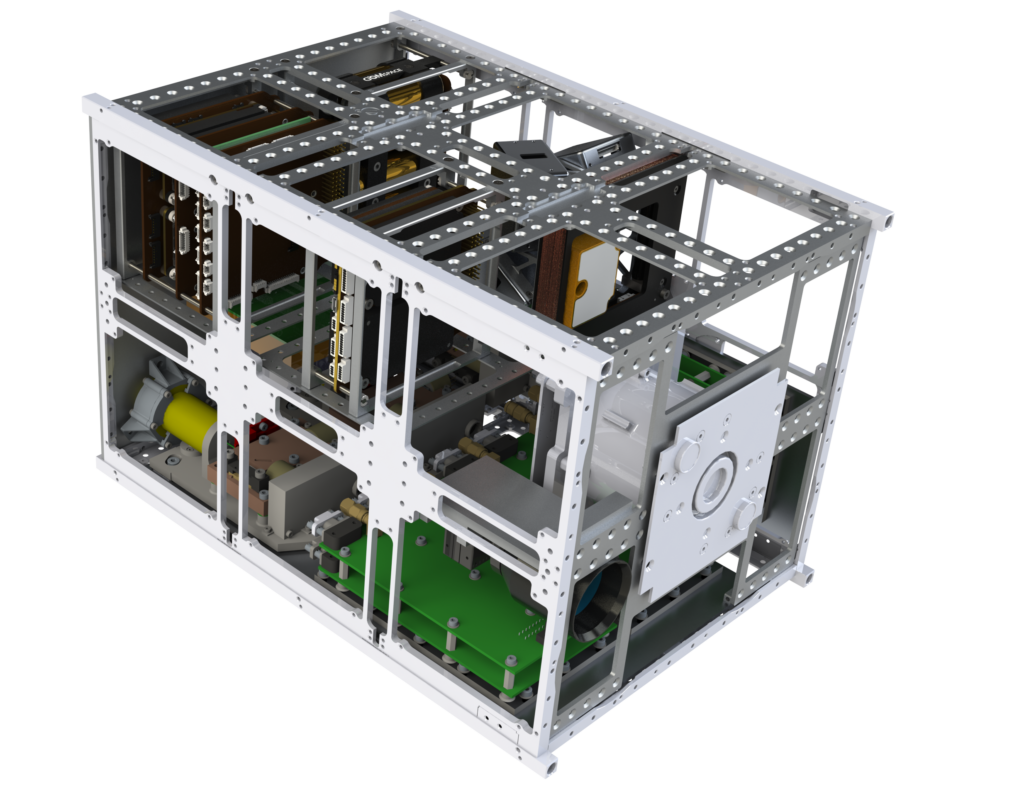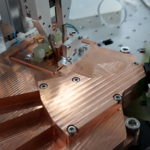CubeSats for the Monitoring of Atmospheric Processes – CubeMAP
Earth is changing at an unprecedented pace. One of the most pressing global issues faced by humankind relates to climate change, now recognized to be largely driven by human activity. The awareness of the socio-economic impact has also been growing and so has the international consensus on the urgency of understanding and limiting impacts. To do so, understanding and quantifying the processes driving the change and particularly the role played by the atmosphere is necessary, and the CubeMAP mission has been designed to address this need.
The CubeMAP mission has been selected for consolidation as part of the ESA SCOUT mission challenge. The mission was initiated by a core international science team and is developed through a cooperation between GomSpace (Denmark) and RAL Space (UK). The mission consolidation phase is scheduled to conclude in summer 2020, date at which evaluation and decision for implementation will be made.

CubeMAP consists of a constellation of three identical CubeSats, each equipped with three high resolution spectrometers and one hyperspectral solar disk imager. The overall mission goal is to study, understand, and quantify processes in the Upper Troposphere and Stratosphere (UTS), study its variability, and contribute to trends analysis in its composition and its effects on climate and vice-versa. The UTS composition plays a significant role in controlling the Earth’s climate, with still poorly explored feedbacks within the Earth System. This region of the atmosphere is coupled to the surface and the free troposphere both dynamically and radiatively. Its composition is determined by anthropogenic emissions of greenhouse gases and pollution precursors and is subject to changes via radiative, dynamical, and chemical processes.
The ultra-miniature, while high spectral resolution, spectrometers selected for the payload are integrated thermal infrared laser heterodyne spectro-radiometer. These have been well demonstrated through ground-based solar occultation measurements and were shown to resolve fundamental ro-vibrational molecular transitions, from which vertical profiles of atmospheric constituents are derived. Their ultra miniature package combined with high spectral resolution is achieved by targeting optimized narrow spectral windows.
For aerosol measurements and oxygen measurements, an innovative, co-registered, solar disk imager using a multispectral CMOS sensor ensures both pointing knowledge accuracy and a large spectral channel diversity in the visible and near infrared, together with a small form factor.
The platform selected for the mission is expected to be based on the GomSpace 12U CubeSat form factor which can accommodate the payloads while also keeping volume, mass and cost at a manageable level. The system design is to a high degree based on proven GomSpace COTS products with demonstrable flight heritage, hence lowering the mission risk.
The mission contributes to nurturing a novel observation paradigm: it offers a high level of deployment flexibility and system modularity, as well as economy of scale, through the use of identical payloads and platforms functionalized to specific Earth observation goals. The constellation approach also obviates the traditional limited coverage of limb solar occultation mission. CubeMAP is highly complementary to the nadir sounding infrastructure and contributes to enhancing its outputs and exploitations. It also addresses the forthcoming gap in solar occultation sounding capabilities.


 Previous Post
Previous Post Next Post
Next Post